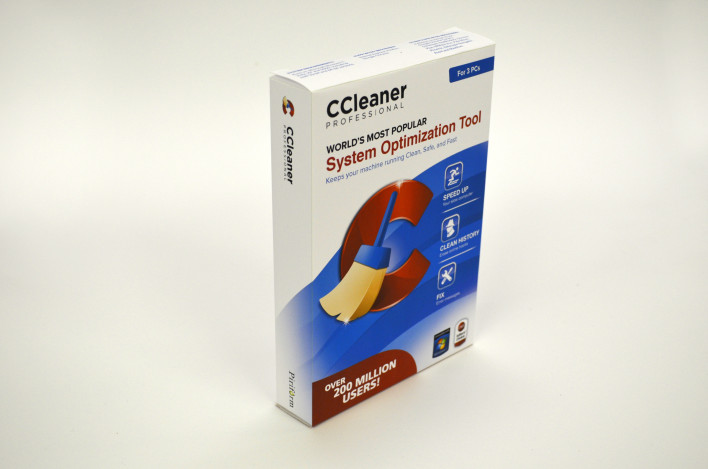The Windows Registry in your PC is the database that stores all of the configuration information and hardware/software settings for your PC to run correctly. Unfortunately, over periods of time, this database can become bloated with redundant files. The Windows Registry retains outdated system configuration information, including files that are left behind after you have removed software.
With CCleaner you can clean out the Windows Registry and make your system run smoother and more efficiently. The Registry cleaning option in CCleaner allows you to scan and remove this redundant information and improve the overall function and speed of your system.

Personally, I install a lot of software, so I like to run a scan of the Windows Registry on a monthly basis, but there is nothing to stop you from scanning your system more regularly or less frequently, if you so wish.
To start, you will need to open CCleaner and click on the Registry icon on the left side bar. Now you will see the Registry window is divided into a Registry Cleaner list and also a pane that is used to display information about any issues the scan will identify.
Next, ensure all the items in the Registry Cleaner list are checked and click Scan For Issues to begin scanning for registry problems to be highlighted.
Once the scan has been completed you are presented with a list of the errors, which CCleaner has located. By default, all the check boxes are already highlighted. However, if you wish to exclude something form the list, just simply right click on any element and another drop down windows will appear. Inside this window is the option to add it to the exclude list.
As the Windows Registry is critical system database, as a precautionary measure CCleaner will prompt you to save a backup file of your registry. You can choose where you want the file to be saved and the name for the file. Doing this is a good idea because, if a problem occurs after the Windows Registry has been cleaned, you can restore the Windows Registry to its original state using the backup file you have just saved.
Click Fix Selected Issues to repair the selected issues. You can do this individually or collectively. As soon as CCleaner has finished, click Done and you now have a clean and fresh looking Windows Registry.

No comments:
Post a Comment